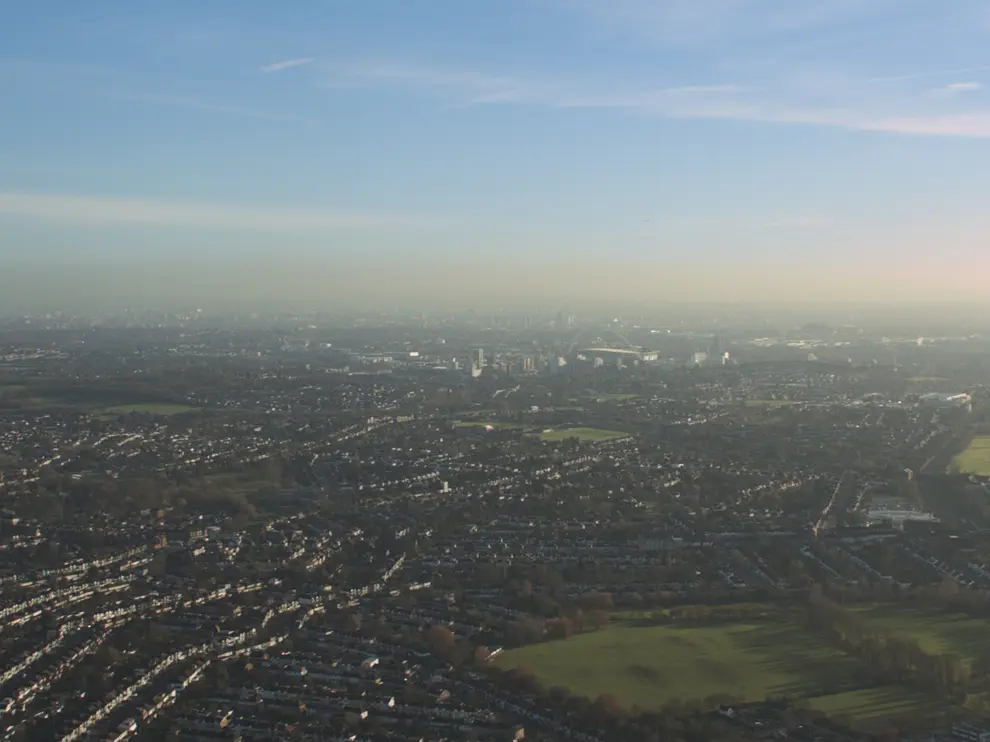Why Us? Why Now?
Why us?

Sam Webb, Liz Lowe and I have been involved in tower block issues dating back over many years. Liz and I have been tower block tenants in the 70s. I was a community worker, at Community Links, working on local and national tower block issues from the 70s to the 90s. Sam, an architect, became an expert in large panel system blocks in 1968 when Ronan Point partially collapsed. We met Sam at the demolition of Stratford and Newtown blocks and he has since worked continuously and tirelessly to raise high rise safety concerns and to support tenants groups to be heard. Sam and Liz, who was a social worker at the time, and I worked with tenants in the Newham Tower Block Tenants Campaign to draw attention to the social and structural issues in the borough’s 114 blocks. The most significant campaign in those years was about structural and fire safety in the rebuilt Ronan Point and its eight 22-storey sister blocks on the aptly named Freemasons Estate. You will read on this website how that campaign was run and what was achieved – in response to tenant pressure Ronan Point was handed to the Building Research Establishment (BRE) to be tested, it was found to be structurally unsound, it could once again collapse and it was found to be in breach of fire safety regulations, a fire could spread from flat to flat (See BRE report on Large Panel Systems). All nine blocks had to be demolished and instructions were issued to local authorities to check their large panel system blocks and deal with the defects. It seemed then that we had made blocks safer nationally.
Sam and I went on to develop the National Tower Blocks Network in the 80s and 90s, we collected and shared national information and resources amongst tower block tenants, residents and landlords. In the course of this work we undertook a fire safety inspection of blocks in major cities, this was prompted by the death of a tower block tenant in a fire which had spread in ways it shouldn’t. Our inspections showed that fire safety risks existed in many of the blocks inspected and that the flats could not be guaranteed to contain a fire for one hour. We were not able to get our voices heard. No changes in fire safety regulations ensued.
The fire in Lakanal House in 2009, killing six people, raised all the same issues. Again despite coroner’s recommendations, no action was taken, no change to the building regulations, no installation of sprinklers. Sam was one of two Expert Witnesses for the Families of the Deceased in the Inquest. The other was Ronnie King the Administrative Secretary of the All-Party Parliamentary Fire Safety and Rescue Group.
Why now?
Because we have a responsibility to do all we can now to ensure that these terrible tower block tragedies never happen again. We know that no-one wants another disaster and we know that this is the key moment in which those responsible for governing our country can make the legal and regulatory changes that are needed to ensure that tower block tenants and residents are safe. Much is happening, many reviews and inquiries, but will they bring effective change? Will blocks be made safe? Will the Building Regulations Review led by Dame Judith Hackitt ensure that new blocks and current blocks are safe?
Will tenants be heard, will they be able to report their concerns and have them acted on? We saw that the tenants of Grenfell were raising fire safety concerns, now we see tenants taking action to uncover defects in their own blocks. Will Karen Buck’s Homes’ Bill enable tenants to be heard? The authors of the Closing the Gaps – Health and Safety at Home Report think that this Bill represents real progress but it is not enough alone.
Where are tower blocks tenants’ voices in these processes? Tenants clearly have much knowledge to contribute. But, are any tower block tenants included in the Building Regulation Review working groups?
Why is so much information not in the public domain, why are the building drawings and specifications not accessible and why are all Fire Risk Assessments (FRAs) not available for scrutiny, at least by the residents they relate to? The example from Newham Council shows that publishing FRAs on a council website is very achievable.
And if we cannot access legal aid will tenants and residents be able to act on new legislation and regulation even if it could protect them?
What?
This website is an effort to share as much information and knowledge as possible in the face of all these challenging questions. We are particularly concerned about the tenant voice. If the Regulations are changed in a positive way it does not mean that tenants and residents will be able to enforce them. Current regulations have been shown to be being breached and it has proved very difficult for tenants to get their safety concerns addressed. We are creating and sharing a range of tools and resources to support tenants and residents and we will be working with our partners including Shift and MySociety to use technology to empower tenants to get their concerns addressed in a timely fashion. The founders of this website have experienced previous campaigns where people from all backgrounds came together to prevent a disaster and bring positive change. We welcome the contributions of everyone who cares about the issue of tower block safety and we encourage you to get involved.
Frances Clarke, Tower Blocks UK.

















